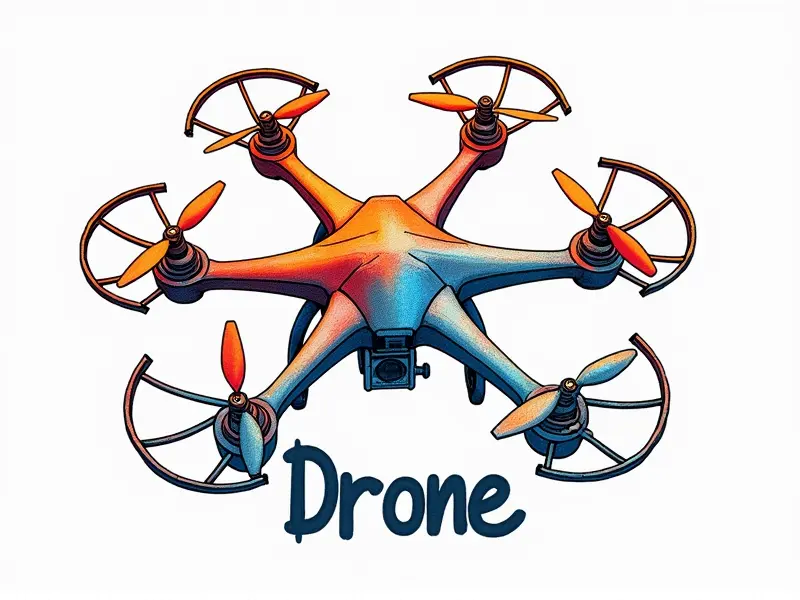Are FPV drones waterproof?

Can FPV Drones Handle Rain?
Flying first-person view (FPV) drones in wet weather is a concern for many enthusiasts. While some models are designed to withstand light rain, others may suffer damage if exposed to moisture. Understanding the capabilities and limitations of your drone can help you make informed decisions about flying conditions.
The term "waterproof" is often misused when discussing drones. Most FPV drones are not truly waterproof, but rather water-resistant or splash-proof to some degree. This means they can handle brief exposure to light rain or splashes without immediate damage.
Protecting Your FPV Drone from Water
To safeguard your drone against water damage, consider the following measures:
- Cover critical components: Use waterproof tape or shrink wrap to protect motors, ESCs (Electronic Speed Controllers), and other sensitive parts.
- Seal battery compartments: Ensure that all openings are tightly sealed with waterproof materials.
- Use water-resistant prop guards: These can prevent water from entering the motor housings.
Flying FPV in Wet Weather
Flying your drone during wet conditions requires extra caution. Here are some tips to keep you safe and your equipment intact:
- Avoid prolonged exposure: Limit flight time when it's raining heavily.
- Check weather forecasts: Plan flights on days with minimal precipitation.
- Use a ground station: Stay dry and monitor your drone from a sheltered location.
Is My FPV Drone Safe in the Rain?
To determine if your specific model can handle rain, consult the manufacturer's specifications or user manuals. Many manufacturers provide guidelines on water resistance levels for their products.
Testing FPV Drones in Wet Conditions
If you want to test how well your drone handles wet weather, start with controlled experiments:
- Spray test: Use a spray bottle to simulate light rain and observe the reaction of components.
- Submersion test: Carefully submerge parts in water for short periods to assess durability (do this at your own risk).
How to Make FPV Drones Waterproof
If you need a more robust solution, consider these methods to waterproof your drone:
- Apply silicone sealant: Use non-conductive silicon around sensitive areas.
- Install water-resistant covers: Purchase or fabricate protective casings for motors and electronics.
FPV Drone Durability: Waterproof or Not?
The durability of FPV drones varies widely. Some high-end models are designed with advanced sealing techniques, while others rely on basic splash-proofing. Always verify the water resistance rating before flying in wet conditions.
Flying FPVs in the Rain
When you decide to fly your drone during rain, take these precautions:
- Dry off components: Wipe down all parts after each flight to prevent corrosion.
- Store properly: Keep drones in a dry place with silica gel packets to absorb moisture.
Water Resistance in FPV Drones
The level of water resistance in FPV drones is crucial for their longevity. Understanding the differences between splash-proof, rain-resistant, and waterproof can help you choose the right model or modify your existing one accordingly.
Weatherproofing Your FPV Racing Drone
To weatherproof your racing drone:
- Select durable materials: Use high-quality components that are less prone to water damage.
- Incorporate drainage features: Design or modify frames with channels for water runoff.
Conclusion
Flying FPV drones in wet weather can be an exciting challenge, but it requires careful planning and protection. By understanding the limitations of your drone and taking proactive measures to safeguard against moisture, you can enjoy flying even when conditions are less than ideal. Always consult manufacturer guidelines and test your setup before venturing into rainy skies.

